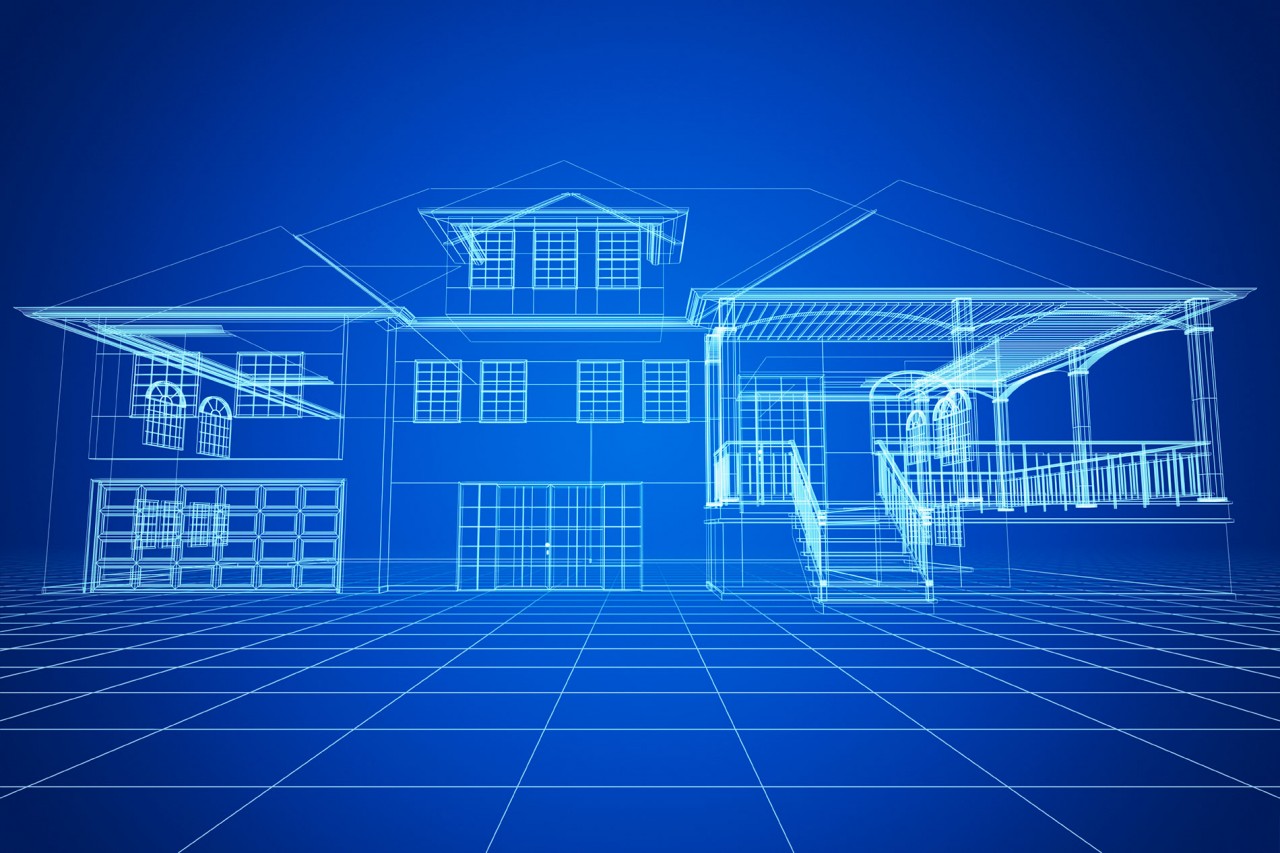


When you create a new Character Blueprint, it comes with a character component that has much of the behavior needed for moving around, jumping, swimming, and falling built-in, and all that is required is to add some input events in accordance with how you want your character to be controlled. You can manipulate Camera behavior, set up input events for mouse, controller, and touch screens, and create an Animation Blueprint asset for handling skeletal mesh animations. Pawns are a type of Blueprint Class, and it is possible to put together every element you need for a playable Character in the Blueprint graph. With each Content Example map we created, we were able to drop in the demo room Blueprint, set values for the length, height, and number of rooms that would be generated (and a few other options), and have a complete set of rooms ready in moments.Ī Blueprint like this can be time-consuming to create initially, but if you know you will use it often, the time saved when building a level and the ease of making changes can make it very worthwhile. The Blueprint's Construction Script creates and arranges the various Static Meshes and lights according to parameters exposed in the Blueprint's Details panel. In the Content Examples maps, the long rooms that contain each example (pictured above) are actually a single Blueprint made up of many components. It is useful for creating easily customizable props that allow environment artists to work faster, such as a light fixture that automatically updates its material to match the color and brightness of its point light component, or a Blueprint that randomly scatters foliage meshes over an area. The Construction Script is a type of graph within Blueprint Classes that executes when that Actor is placed or updated in the editor, but not during gameplay.

You have read about Level Blueprints and Blueprint Classes, listed below are a handful of examples that can be accomplished with the Blueprint system.Ĭreate Customizable Prefabs with Construction Scripts
#BLUE PRINT CLASSES UPDATE#
This also means that editing a Blueprint that is in use throughout a project will update every instance of it. Because of the self-contained nature of Blueprints, they can be constructed in such a way that you can drop them into a level and they will simply work, with minimal setup required. In this case, pressing the button activates an event inside the door Blueprint, causing it to open - but the doors could just as easily be activated by another type of Blueprint, or by a Level Blueprint sequence. In the image above, the button and the set of doors are each separate Blueprints that contain the necessary script to respond to player overlap events, make them animate, play sound effects, and change their materials (the button lights up when pressed, for example). Thanks Townes and Jacob!!! On a side note - my one and only complaint is about the Blueprint website itself.Blueprint Classes are ideal for making interactive assets such as doors, switches, collectible items, and destructible scenery. I went from scoring low 160s in my diagnostic to 170 in my last LSAT practice. They also made sure to accommodate any/all questions through the QA chat box, but at the same time class never seemed too slow (which is rare for live LSAT classes). I genuinely learned a lot through the Blueprint structure, but with them teaching classes specifically.

They somehow were able to make classes seem fun, personal, and friendly - I feel like they are both genuinely invested in my success and growth (they want us to keep emailing them questions/updates/ etc even after class ends) - and that really made a difference in terms of my motivation and attention in class. Studying for the LSAT sucks, but I genuinely looked forward to coming to class purely because they were so fantastic. Townes and Jacob were the most amazing instructors. Townes and Jacob (Blueprint) are the Best!!


 0 kommentar(er)
0 kommentar(er)
